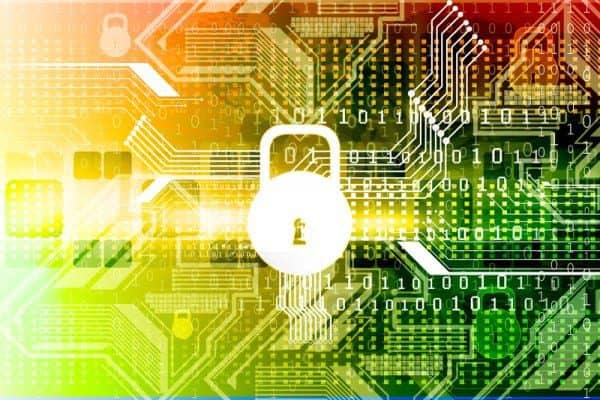The medical device security market was valued at $6.23 billion in 2019 and is anticipated to rise to $17.49 billion by 2027, at a compound annual growth rate of 13.8%.
In order to provide features that improve the ability of healthcare organizations to treat patients, medical devices are increasingly connected to hospital networks, the internet, and other equipment. However, as medical devices become more connected and integrated into healthcare networks, they are becoming more vulnerable to cyber threats. This has led to a growing need for more robust security measures to protect patient data and prevent cyberattacks, thus increasing the value of the market.
Some key drivers for the medical device security market also include:
- Regulatory requirements: Regulatory bodies like the FDA and the EU Medical Device Regulation (MDR) have implemented guidelines and requirements for medical device security. This has created a need for medical device manufacturers and healthcare providers to comply with these regulations.
- Increasing awareness of the cyberattack risks: Healthcare providers and patients are becoming more aware of the risks associated with insecure medical devices. This has led to a growing demand for more secure devices and solutions.
- Increasing healthcare spending: Healthcare spending is increasing globally, leading to a growing demand for medical devices and associated security solutions.
Some Key Trends of the Medical Device Security Market
As cyber threats continue to evolve, medical device manufacturers and healthcare providers are placing a greater emphasis on risk management. This includes implementing security controls, conducting risk assessments, and monitoring for security incidents.
Other major trends include:
- Integration of security into the product lifecycle: Medical device manufacturers are increasingly integrating security into the product development lifecycle, from design to testing to deployment. This approach ensures that security is considered at every stage of the development process.
- Adoption of security standards and frameworks: There is a growing adoption of security standards and frameworks in the medical device industry, such as the NIST Cybersecurity Framework and the FDA’s Cybersecurity Guidance. These standards provide guidelines for implementing effective security controls and assessing risk.
- Increasing use of encryption and authentication: Encryption and authentication technologies are becoming more prevalent in medical devices, providing a way to protect data in transit and prevent unauthorized access.
- Growing role of artificial intelligence (AI): AI is being used to improve medical device security by identifying anomalies in device behavior and detecting potential security threats.
- Emphasis on user education and awareness: There is a growing emphasis on educating healthcare providers and patients about the risks associated with insecure medical devices and the importance of implementing security measures.





